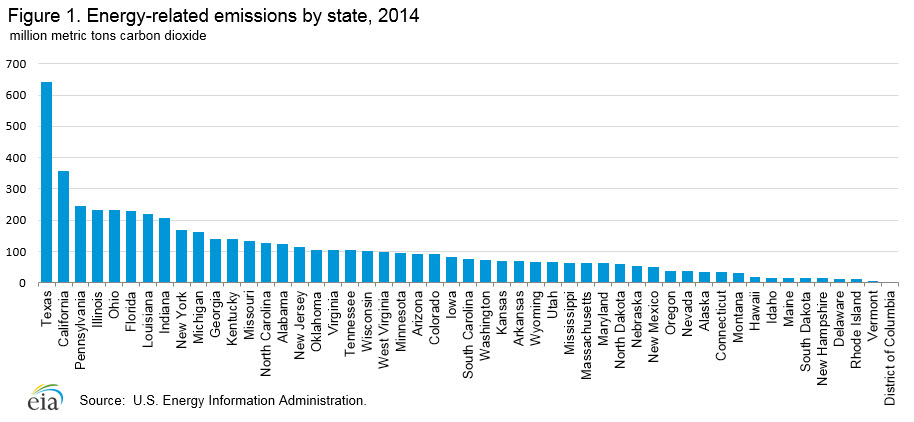Originally Posted By: CharlieBauer
Does the price of non renewable electricity include externalities?
Digging Deeper, Why Renewables are Beating Coal and Gas in Some Parts of the World
Quote:
More Numbers
To get down to the nitty-gritty, specifically, the global average LCOE for onshore wind dropped from $85 per megawatt-hour in the first half of the year, to $83 in H2, while that for crystalline silicon PV solar fell from $129 to $122.
In the same period, the LCOE for coal-fired generation increased from $66 per MWh to $75 in the Americas, from $68 to $73 in Asia-Pacific, and from $82 to $105 in Europe. The LCOE for combined-cycle gas turbine generation rose from $76 to $82 in the Americas, from $85 to $93 in Asia-Pacific and from $103 to $118 in EMEA.
Seb Henbest, head of Europe, Middle East and Africa at Bloomberg New Energy Finance, commented: “Our report shows wind and solar power continuing to get cheaper in 2015, helped by cheaper technology but also by lower finance costs. Meanwhile, coal and gas have got more expensive on the back of lower utilization rates, and in Europe, higher carbon price assumptions following passage of the Market Stability Reserve reform.”
Among other low-carbon energy technologies, offshore wind reduced its global average LCOE from $176 per MWh, to $174, but still remains significantly more expensive than wind, solar PV, coal or gas, while biomass incineration saw its levelized cost stay steady at $134 per MWh. Nuclear, like coal and gas, has very different LCOE levels from one region of the world to another, but both the Americas and the Europe, Middle East and Africa region saw increases in levelized costs, to $261 and $158 per MWh respectively.
Among the country-level findings of the BNEF study are that onshore wind is now fully cost-competitive with both gas-fired and coal-fired generation, once carbon costs are taken into account, in the UK and Germany. In the UK, onshore wind comes in on average at $85 per MWh in the second half of 2015, compared to $115 for combined-cycle gas and $115 for coal-fired power; in Germany, onshore wind is at $80, compared to $118 for gas and $106 for coal.
In China, onshore wind is cheaper than gas-fired power, at $77 per MWh versus $113, but it is much more expensive still than coal-generated electricity, at $44, while solar PV power is at $109. In the US, coal and gas are still cheaper, at $65 per MWh, against onshore wind at $80 and PV at $107.






